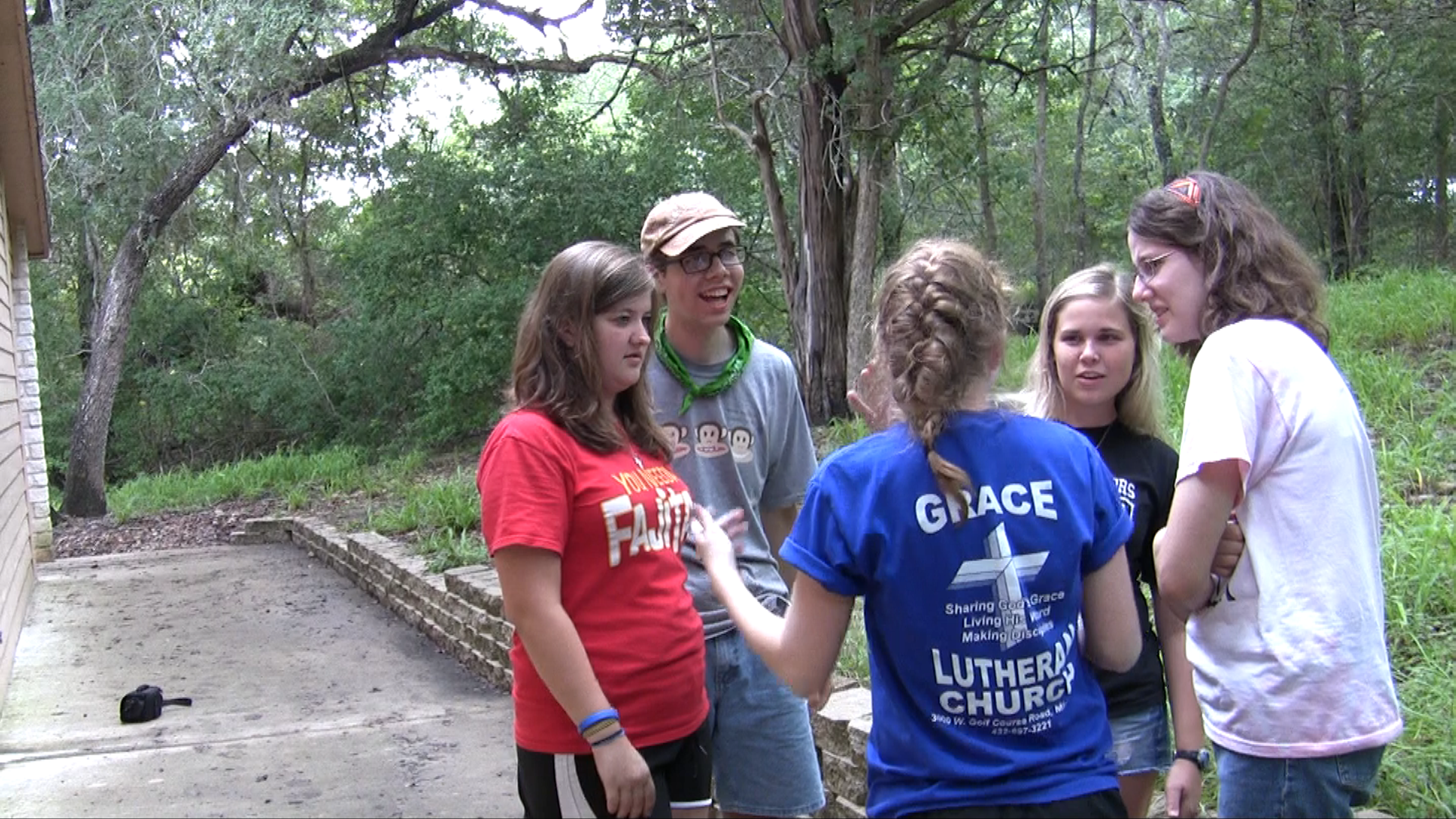It has been an exciting day and the bill has gotten needed attention. Signatures continue coming in expressing public support. Glad that Jerry Karth, Susanna Karth and Caleb Karth could be there today. Rebekah Karth Chojnacki is gathering the news reports for us (we just got home from DC). Peter Karth developed the interactive underride crash map (patiently working with his mother) — to which I now need to keep adding crash information. Isaac Karth updated the website. Levi Karth brought us exciting news of his engagement. And Samuel Karth keeps us smiling with news of Jerome.
In Memory of AnnaLeah & Mary and Roya, too – RAM: The Naming of an Underride Bill; Out of the Mouths of Babes
I am very thankful for the media coverage of the Introduction of the Bipartisan/Bicameral STOP Underrides! Act of 2017. The problem of underride has been poorly understood, and I am hopeful that this action on the part of four legislators — Senator Gillibrand, Senator Rubio, Congressman Cohen, and Congressman DeSaulnier — will get the ball rolling toward greater awareness and decisive action.
There have been a flurry of reports:
- Bill Proposes Making Truck Underride Guards a Requirement The Legal Reader, Sara Teller
- STOP UNDERRIDES ACT: LARGE TRUCKS AND TRAILERS NEED GUARDS, CarComplaints.com, David A. Wood
- Gillibrand: Legislation aims to protect against deadly tractor-trailer underride collisions, The Daily News, batvianews.com, Jim Krencik Note: This article includes details of what the bill will require.
- Deadly crash triggers call for truck side guards, North Country PR News, Canton, NY
- Law introduced to stop underride deaths after WUSA9 investigation, WUSA9, Eric Flack, See all of the WUSA9 coverage, of this unfolding story beginning in May, here: WUSA9 Underride Series Sheds Light on Deadly Truck Underride Tragedies & Solutions
- New legislation pushes for new tractor trailer guards, WDTV5
- Sen. Kirsten Gillibrand, Rep. Steve Cohen Unveil Underride Guard Legislation, Transport Topics, Eugene Molero
- Senators introduce legislation aimed at preventing truck underride crashes, Fleet Owner, Neil Abt
- Congress weighs legislation to require safety device beneath big trucks, NewsChannel5
- Tractor trailers need to be safer to prevent underride deaths, Gillibrand says, WHAM13, Jane Flasch, This reporter interviewed a man who survived a March 2017 rear-end collision with a truck because the truck had an improved Stoughton rear guard (as tested by IIHS):Rivet estimates he was traveling 45 to 50 miles per hour when he struck the back of the trailer rig. Yet it appeared to do its job. Perhaps in part because it was designed by the Stoughton Trailers company in Wisconsin to perform higher than federal standards require.“If it was less than that bumper or if it didn’t have a bumper at all, it would have pushed the entire car back on top of me and I’m sure it would have killed me,” Rivet said.
- New Legislation Aims To Prevent Deadly Truck Underride Crashes, Nexstar Broadcasting, Kim Chaney
- Sen. Gillibrand backs effort to prevent deadly truck crashes, Mychamplainvalley.com, Bernie Lange
- Senators say bill will save motorists from being killed in truck crashes, NBCNews, Rich McHugh
- Lawmakers aim to stop deadly underride crashes, RTV6, Kara Kenney
- Gillibrand bill takes aim at truck safety after 4 killed in Oswego County, Syracuse.com, Mark Weiner
- Deadly crashes spur bill requiring truck side guards , Miami Herald, Associated Press
- Gillibrand introduces truck underride guard bill, Watertown Daily Times, Brian Molongoski
- Deadly Crashes Spur Bill Requiring Truck Side Guards, WENY News ABC, Dan Schrack
- Legislation Introduced to Help Keep Drivers Safe from Fatal Tractor-Trailer Accidents, East County Today
Help get public support behind this bill! Sign & share our Petition: Congress, Act Now To End Deadly Truck Underride!
December 13, 2017, UPDATE: We now have an Interactive Underride Crash Story Map. We have only just begun to add links for the countless underride tragedy stories. If you have information on an underride crash, or would like to add more details about the people touched by these tragedies, email us at underridemap@gmail.com. Here is the map.



























































